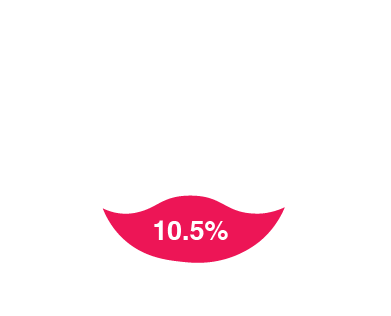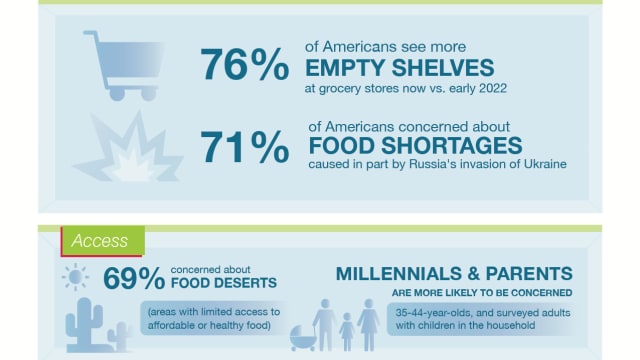Community Impact
Understanding America’s Rural and Urban Food Deserts
Drag to explore



Discover More
5 min read


















